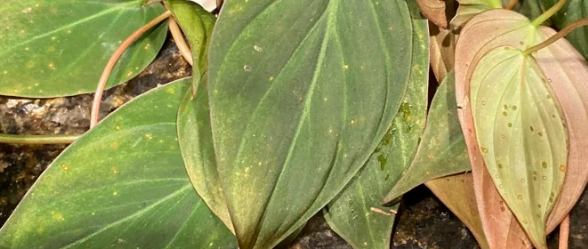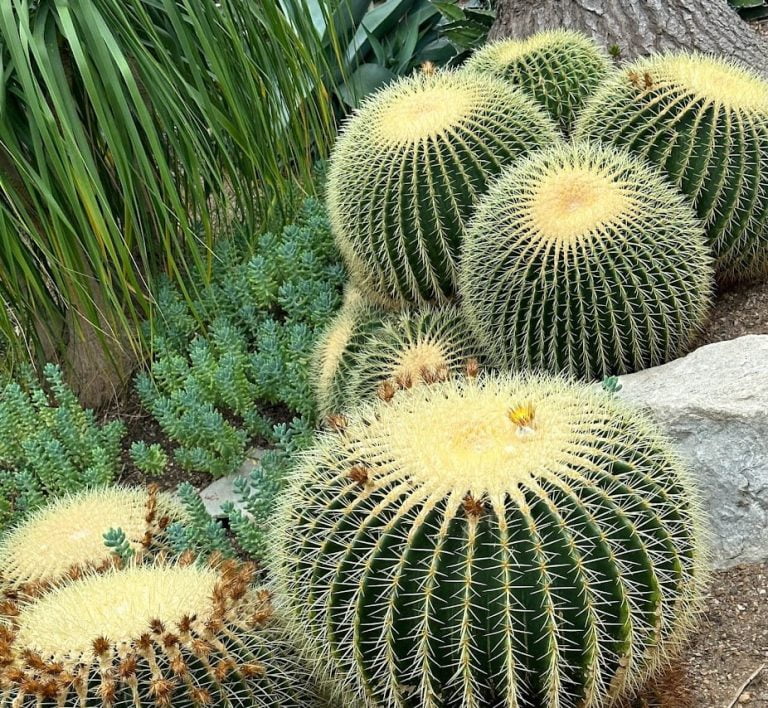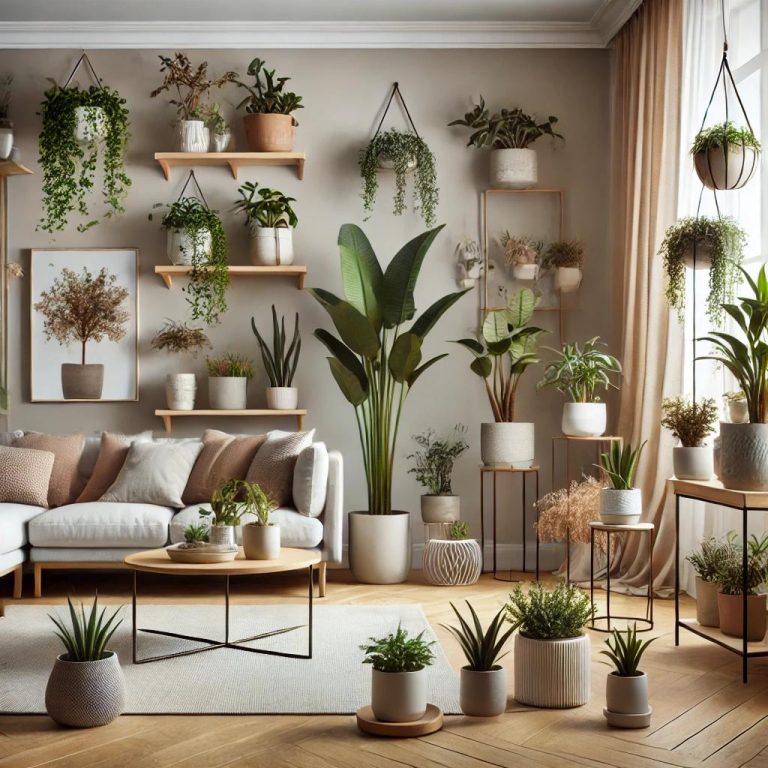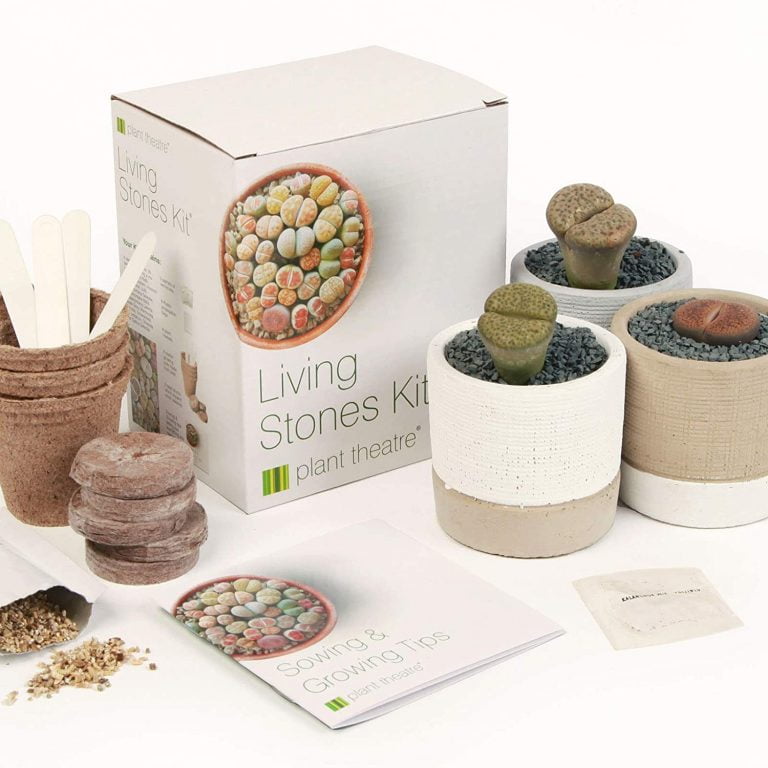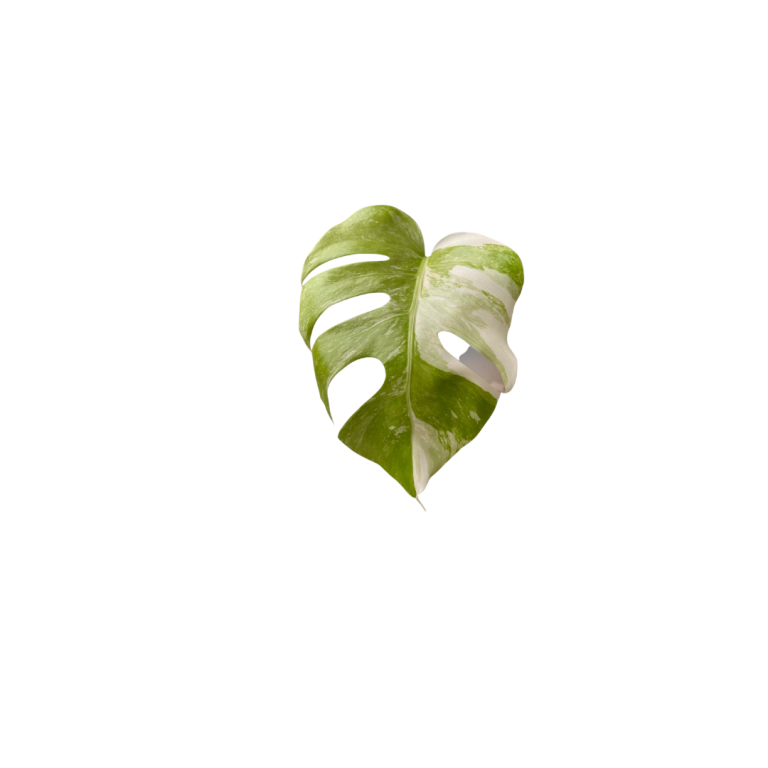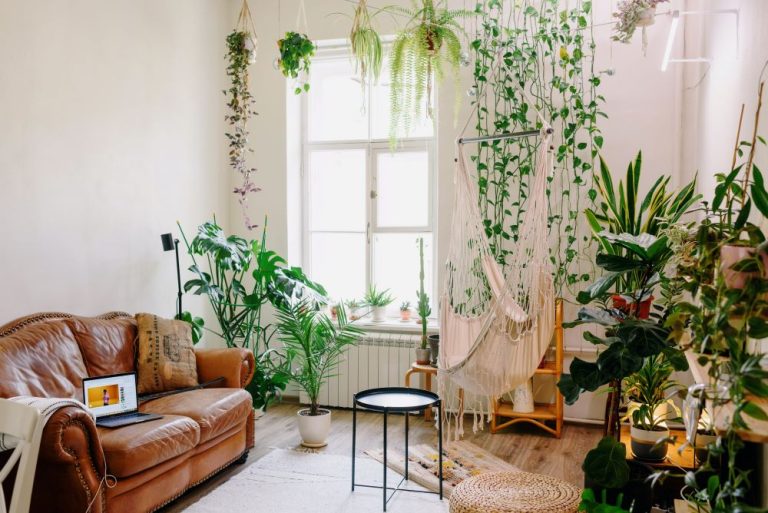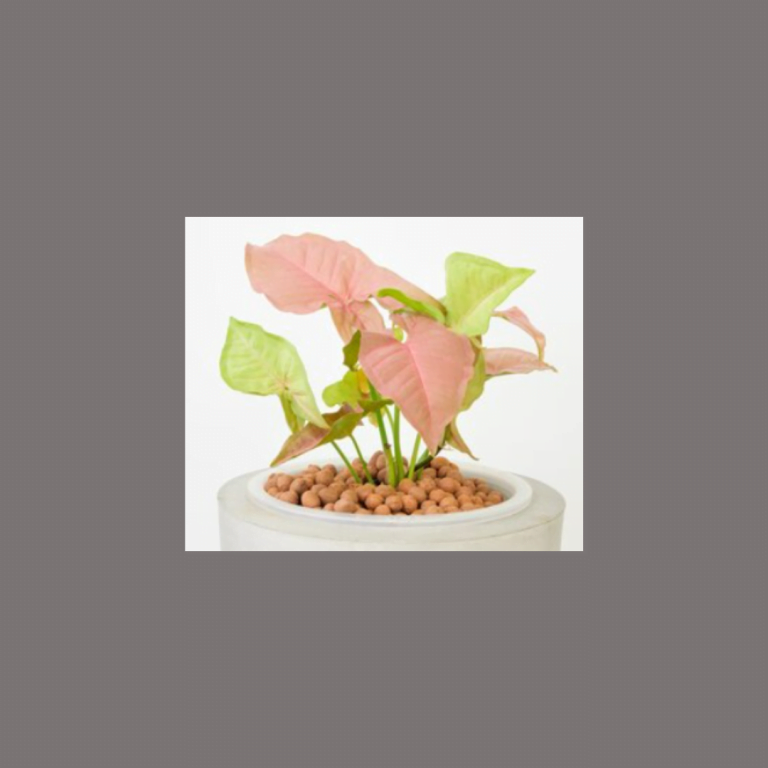Thrips in Plants: Prevention, Symptoms, and Control
What are Thrips?
Thrips are small, slender insects that can infest houseplants and damage them by feeding on the plant’s tissues.
They are most commonly found on the undersides of leaves and on new growth.Thrips are difficult to control because they are small and can hide in tight spaces on the plant. They can also reproduce quickly, so it’s important to take action as soon as you notice an infestation.


Thrips can cause a variety of symptoms in houseplants, including:
- Stunted growth: Thrips can damage plant tissues, which can lead to stunted growth.
- Distorted or curled leaves: Thrips can cause leaves to become distorted or curl up, especially on new growth.
- Mottled or discolored foliage: Thrips can cause leaves to become mottled or discolored, with yellow or white specks or streaks on the surface.
- Black or brown spots: Thrips can cause black or brown spots to appear on the plant’s leaves, stems, or flowers.
- Tiny black or brown insects: You may see tiny black or brown insects on the undersides of the leaves or on new growth. These are the thrips themselves.
If you notice any of these symptoms on your houseplants, it’s a good idea to check for thrips and take action to control them as soon as possible to prevent further damage to your plants.
To control thrips on your houseplants, you can try the following:
- Remove and dispose of infested plant parts: If you see thrips on your plant, remove and discard any infested leaves or stems to help reduce the population.
- Use a natural insecticide: There are several natural insecticides that can be effective at controlling thrips, such as neem oil or insecticidal soap. These products can be sprayed directly onto the plant and will kill thrips on contact. This product: SB Plant Invigorator and Bug Killer is also good for controlling any pest in plants especially gnats! giving it a shine and nutrients to the leaves. I have used it for only two weeks and all the gnats disappeared forever.
- Use sticky traps: Yellow sticky traps can be used to trap thrips and other flying insects. Place the traps near the plant to help reduce the thrips population.
- Keep the plant healthy: A healthy plant is more resistant to pests, so make sure your plant is getting the right amount of water, light, and nutrients.
- Isolate infected plants: If you have multiple plants, it’s a good idea to isolate any infected plants to prevent the thrips from spreading to other plants.
- Buy healthy plants: When purchasing new plants, look for ones that are free of pests and diseases. This will help reduce the risk of introducing thrips or other pests into your home.
- Keep your plants clean: Thrips are attracted to dirty plants, so be sure to keep your plants clean by removing any dead or dying leaves or flowers. This will help reduce the risk of an infestation.
- Keep an eye on your plants: Regularly check your plants for signs of thrips or other pests, and take action as soon as you notice any problems.
By following these steps, you can help reduce the risk of thrips infesting your houseplants. If you do notice an infestation, be sure to take action as soon as possible to control the thrips and prevent further damage to your plants.

